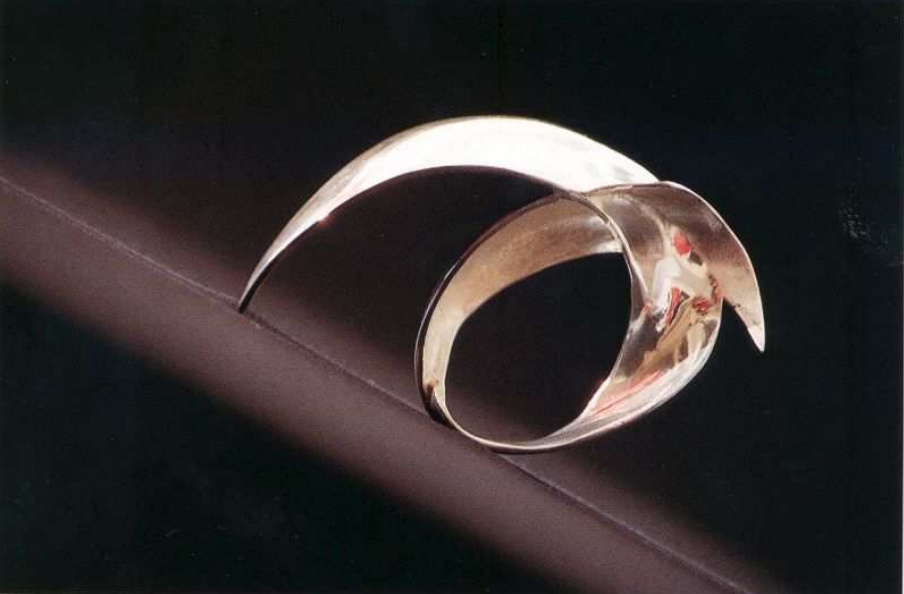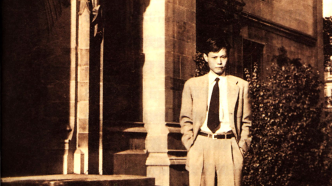

Li Di, researcher at the National Astronomical Observatory of the Chinese Academy of Sciences and chief scientist of FAST, the "China Sky Eye".
The Marcel Grossmann Award is considered one of the most important awards in physics.
On July 1, The Paper learned that Li Di, a researcher at the National Astronomical Observatory of the Chinese Academy of Sciences (NAOC) and chief scientist of the "China Sky Eye" FAST, won the 17th Marcel Grossmann Award in recognition of his team's many creative achievements in exploring the dynamic universe using the Five-hundred-meter Aperture Spherical Radio Telescope (FAST), including precise measurements of interstellar magnetic fields and pushing the field of fast radio burst research into the era of large-sample statistical research.
Li Di is the first scientist to win the Marcel Grossmann Prize for his academic achievements in China.
The prize will be awarded during the Marcel Grossmann Conference on July 9, 2024, local time in Italy.

Each winner will receive a silver cast of the TEST (Traction of Events in Space-Time) sculpture by artist A. Pierelli.
The Marcel Grossmann Award was established by the International Center for Relativistic Astrophysics (ICRA) and is awarded every three years to honor outstanding scholars who have made important achievements in the fields of relativity theory and experiment.
Chinese scientists who have previously won this honor include Chen Ning Yang (2015), Tsung-Dao Lee (2015), and Shing-Tung Yau (2018).
Nobel Prize winners such as Hawking and Chandrasekhar have also won this award.
Another individual winner of the 17th Marcel Grossmann Award is Christopher Fryer, a scientist at the Los Alamos National Laboratory in the United States, in recognition of his pioneering contributions to advancing our understanding of the evolution of supernovae, gamma-ray bursts, and the binary stars that connect them.
The Institutional Award went to the CHIME/FRB team, which was awarded to Canadian astrophysicist Professor Victoria Kaspi in recognition of the team's innovative detection and comprehensive analysis of a large number of fast radio bursts, which greatly increased the statistics of fast radio bursts, including repeating sources, enhanced our understanding of their origins, and applied them to mapping the structure and composition of the universe.
Public information shows that Li Di, male, born in 1972, is a researcher at the National Astronomical Observatory of the Chinese Academy of Sciences, chief scientist of the Radio Astronomy Research Department of the National Astronomical Observatory of the Chinese Academy of Sciences, chief scientist of the Interstellar Medium Evolution and Star Formation Research Group, and chief scientist of FAST.
He graduated from the Department of Technical Physics of Peking University with a Bachelor of Science degree in June 1995, and graduated from the Department of Astronomy of Cornell University with a Doctor of Science degree in February 2002. He then worked as an astronomer at the Harvard-Smithsonian Center for Astrophysics and a researcher at NASA's Jet Propulsion Laboratory/Caltech.
Li Qi led the team to discover the first new pulsar and the first new fast radio burst of FAST, and led the publication of the first spectral line detection paper of FAST and the first timing paper of the newly discovered pulsar system of FAST. FAST was used to obtain the world's largest fast radio burst pulse sample, and the results were selected as the top ten scientific advances in China in 2021.
According to China Science Daily, "FAST is a powerful tool for detecting faint neutral hydrogen sources." Li Di said. Through FAST, researchers measured the magnetic field strength of the L1544 molecular cloud envelope. The researchers found that, unlike the predictions of the standard model, the interstellar medium has a basically consistent and coherent magnetic field structure from the cold neutral gas outside the star to the protostellar core. "Therefore, we have reduced the time for star formation from tens of millions of years to millions of years," said Li Di.
Fast radio bursts (FRBs) are the brightest explosions in the universe in the radio band. FRB 121102 is the first repeating fast radio burst known to mankind. Li Di led the team to successfully capture the extreme activity period of FRB 121102 using the "China Sky Eye" FAST.
